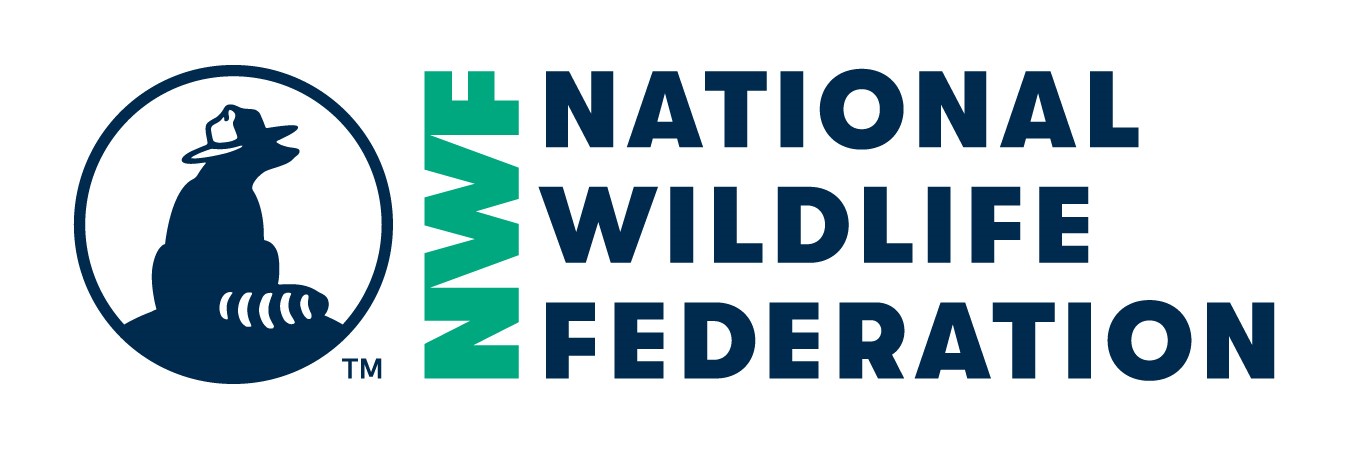Small Scale Aquaponics
http://docs.google.com/document/d/18WHaYCBh93XTU20UMDzwPjGuB9R3-edSBGLq9bBq1L0/edit
If other:
1. Where is the biggest impact of this project?
Campus
If other:
2. What were the goals for your project?
3. What strategy did you use?
Education, Research
If other:
4. Did you accomplish the goals you set for this project? Please explain.
My original goal of the project was to implement a large-scale aquaponics system on our campus farm. This was not accomplished. However, as the project progressed, it became clear that it would not be possible and project was revised. The new goal was to create a small-scale system to be used as an education tool on campus. This goal was met.
5. Choose your impact measure type.
Pounds of recycling increased
What were the measurable outcomes of your project?
The measurable outcome of our project was the small-scale system itself. It was successful as I was able to grow lettuce and herbs in the system. The system also only uses a total of 10 gallons of water, as it is a closed system, and a small amount of electricity to power the water pump and bubbler. The fact that I was able to design and implement a functional system was the main accomplishment of the project.
6. When did you begin and complete your project?
The project began in late January of 2015 and is an ongoing project. There are new hurdles that present themselves often as well as constant improvements that can be made.
7. What was challenging about your project and how did you respond?
My project had several challenges. First, since aquaponics is a newer field, there are many theories or strategies that are still in the research phase. I had to research many people's systems and compile what I thought would be the best and most practical design in terms of cost, space, and resources. I also had the challenge of issues with the system. The plants wouldn't produce fruits, the tank would grow an excessive amount of algae, and so on. These issues were tackled through research as well as a trip to the Johns Hopkins Aquaponics Project where many of my questions were answered. Finally, another challenge was money. I overcame this by applying for and receiving a grant through the Kloman Fellowship Fund.
8. Which groups were involved in this project? Students, faculty, staff or community groups?
Students were involved in this project as well as faculty because it was completed as a group project for my class "Campus Sustainability." I collaborated with 3 other students in my group to complete the project. I also worked with faculty for advising on the project as well as funding.
9. Was your project funded? If so, how?
Yes, through the Kloman Fellowship Fund.
10. How did you communicate about this project and educate the broader campus and/or community?
I, along with my fellow group members, presented several times throughout the semester to 50 other students and faculty about the progress of our project as well as gave a final presentation on the entire project at the end. The system is also on display in our Leaders in Sustainability theme house on campus.
11. How have you evaluated your project?
Group reflection, Individual reflection, Statistical analysis and review
If other, please describe:
12. What did you do after your reviewed your project?
Presented your project results at a conference or meeting, Applied for funding, Celebrated
If other, please describe:
13. What was the biggest or best thing you learned from your project?
The biggest thing I learned from the project is to never let hurdles become barriers. I encountered several setbacks along the way that, at the time, made me feel like the project was impossible. However, I pushed on and in the end succeeded and accomplished my goals. I now apply this throughout my life in jobs and other academic work. I know now that anything is possible if I take advantage of my resources.
14. What advice would you give to others working on a similar project?
I would tell others to reach out to the campus community. If funding is an issue, look for it. If information is an issue, ask. There is generally an abundance of resources on campus or connected to campus that can supply student projects with money and information. Finally, stay motivated. Keep pursuing your dreams even if they seem daunting. If you keep pushing yourself, you will succeed.
15. Based on your response above, what are your future plans for this project? And are there resources (people, financial, etc.) available to sustain it?
Category ARCHIVED | PROJECT CERTIFICATION







Project Feedback